Cichlazoma bee: description, care and breeding
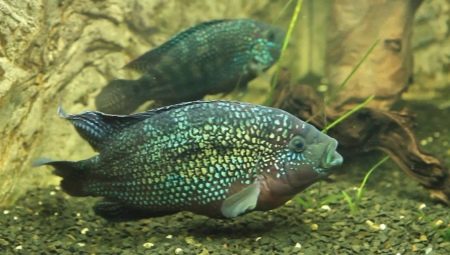
Fans of home reservoirs prefer to have exotic pets in their aquariums, which is why one of the most popular has become a fish called the cichlazoma bee. In science, it is also known as biocellatum and eight-striped cichlazoma. These cichlids have been popular for over 100 years., but continue to occupy a consistently leading position among all aquarium inhabitants.
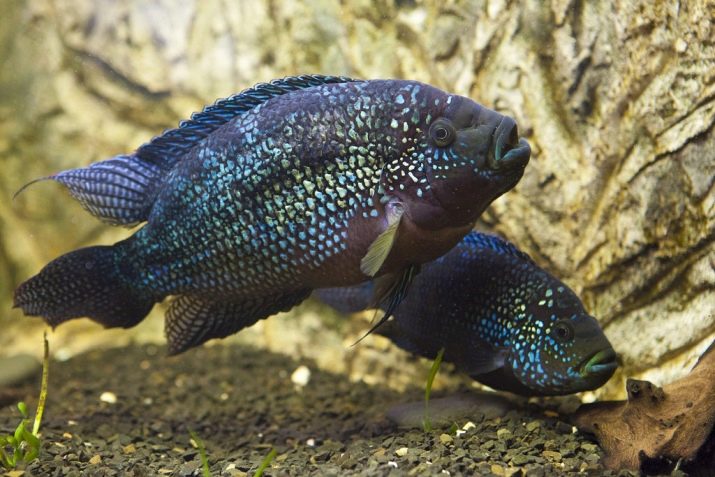
Peculiarities
The popularity of cichlaz the explanation is very simple:
- exotic colors;
- unusual behavior;
- small size;
- ease of care.
In their natural environment, these fish inhabit stagnant muddy reservoirs of North and Central America, southern Mexico, and you can also find representatives of this species in Guatemala, Thailand and Belize. The bee was first brought to the countries of the Old World in 1904, and the reservoirs of the former Soviet Union were artificially populated with this fish in 1958.

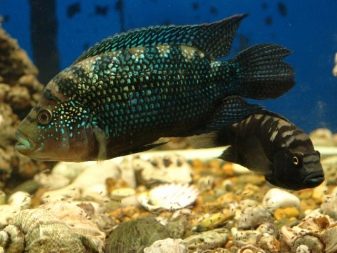
Foma of the body of a cichlazoma is typical for all cichlids - elongated with an overestimated frontal part and flattened on the sides. The anal and dorsal fins end in pointed ends. In their natural environment, the size of fish reaches 18-22 cm, the inhabitants of aquariums are much smaller - their dimensions do not exceed 12 cm.
The color of the scales ranges from all sorts of shades of blue to black, while often each scale is colored in an individual tone - blue, greenish, burgundy, gold or sand. The shape of the scales resembles dew drops in their appearance. In fry, there are several dark stripes on the body, which disappear as the fish grows and matures.
The average life span of a cichlase in a home aquarium is about 10 years, but when a comfortable habitat is created, this parameter can reach 14 years.
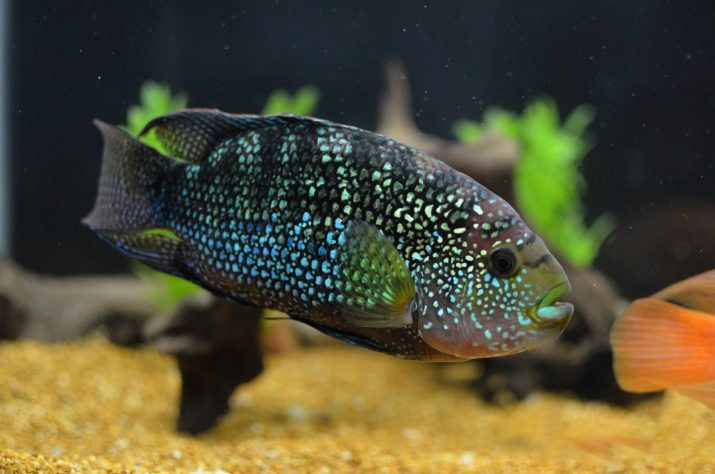
Behavior
Like all other cichlids, the cichlazoma bee is a predator - this pet will not tolerate too nimble small fish, but will simply eat them. Compatibility with large fish is not very good - the relationship between fish does not add up, since the bees have to constantly fight and defend their territory. Some novice aquarists are afraid to start such fish due to its aggressiveness., although in fairness it should be noted that cichlazoma is no worse than any other representative of cichlids. Moreover, there is even an opinion among experienced breeders that this is the "most shy" cichlid.
But this creature is not capricious - the bee will emphatically ignore the grottoes, caves and ceramic houses bought for her with love. She will prefer to arrange a shelter for herself, breaking all the ground.

Aquarium
Tsichlazoma requires space, so she needs a large aquarium. The fact is that each representative of this species of fish will stubbornly designate its territory and protect it, so for the female and the male you will need a tank with a volume of at least 100 liters.
If the fish are too crowded, fights are inevitable, which most often end in wounds and even the death of pets.
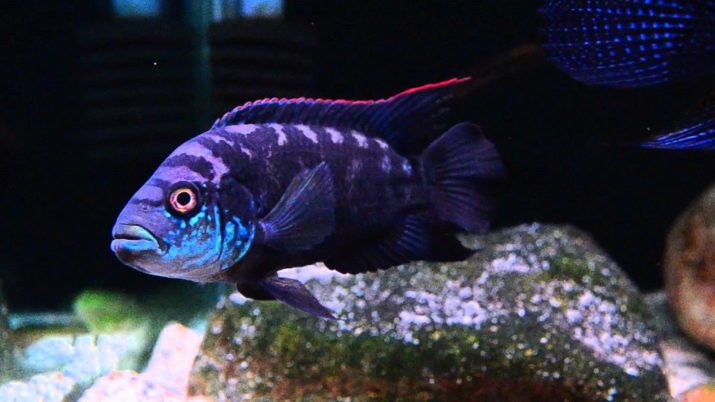
Priming
River sand with an admixture of fine-grained polished gravel is considered optimal for cichlase soil. It is imperative that the stones do not have any sharp edges, as bees like to burrow in them and can injure their mouth. It will not be superfluous to additionally lay out a few large stones in the form of a grotto on the bottom of the aquarium., and also place a couple of clay shards so that the fish can make a house for itself.
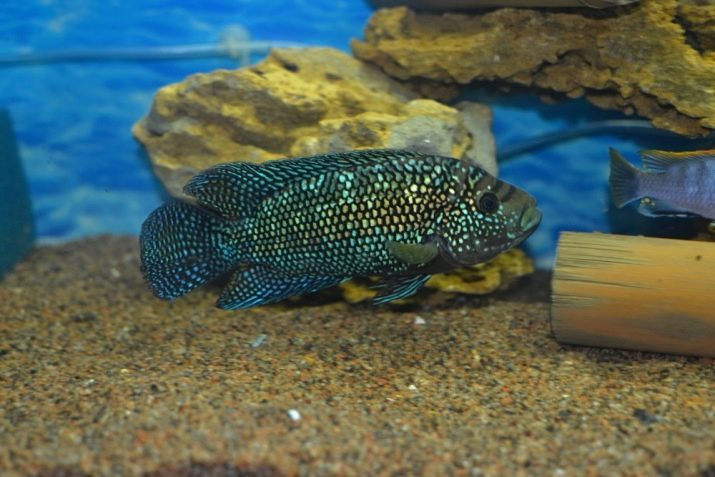
Water
Tsichlazoma is extremely sensitive to water parameters and quality.
The optimal conditions for the aquatic environment for them are:
- temperature - +24.26 degrees Celsius;
- hardness - 10-16 dH;
- acidity - at the level of 6.5-7 pH
The water must be clean, filtered or settled. The presence of nitrates significantly reduces the life of bees, it is optimal that the presence of dangerous impurities is zero, their maximum allowable content is 40 mg / l, ammonia is especially harmful for cichlids.
In order to maintain this indicator at the desired level, it is necessary to change the water in the tank as often as possible.
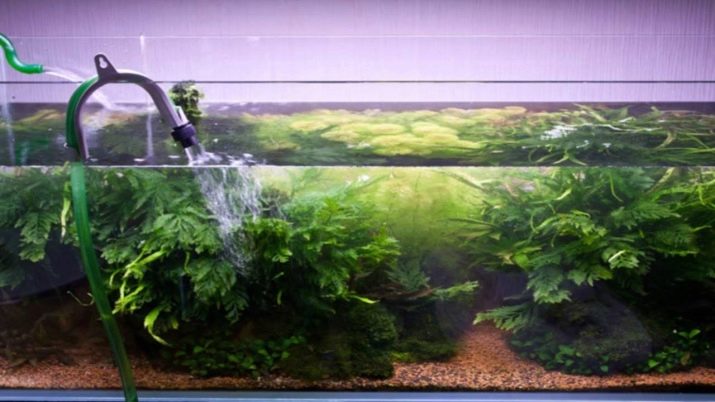
Plants
It is very important to choose the right plants for cichlids - bees are very fond of pulling up indigenous plantations, therefore, it is better to make the choice in favor of the following options:
- plants with developed and strong roots;
- fast-rooting aquatic crops;
- rootless plants that can swim in the thick of water or on the surface;
- options in pots.
It is best to purchase:
- cryptocoryne;
- spiral vallisneria;
- riccia;
- Amazonian echinodorus.
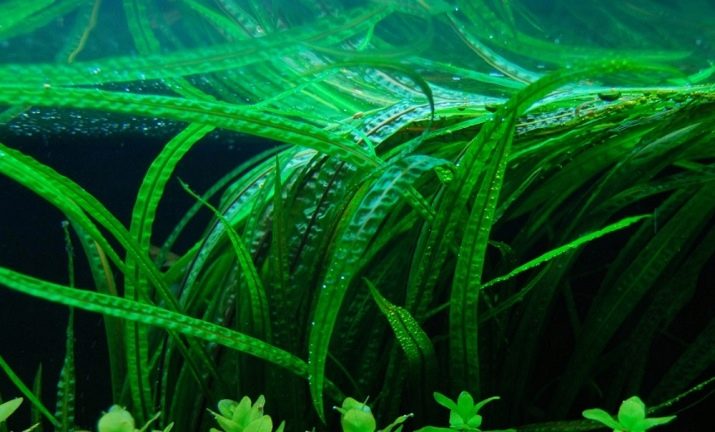
Equipment
A cichlid aquarium must be equipped with water filtration and aeration devices, otherwise you will have to change the water in full every day.
As for lighting, then cichlazomas respond well to dim light, always diffused... It is best to use fluorescent lamps, preferably of medium power.
If the light is too bright, the bees will hide in their shelters all the time, and if the glow is too dim, they will lose the spectacular flicker of their scales.

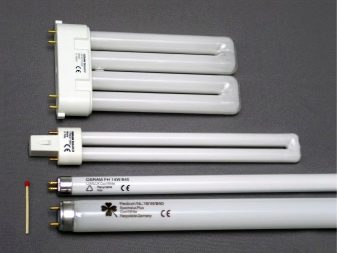
Content
It may seem difficult for beginners to maintain a bee, although for experienced aquarists creating and maintaining a habitat that is comfortable for cichlids is not difficult. Let's dwell on the main points in more detail.
Nutrition
As we already mentioned, the bee belongs to predatory fish, therefore its diet should consist of live food, If possible, offer your pet:
- bloodworms;
- ground shrimp;
- small fodder fish;
- shredded seafood;
- tubifex;
- green leaves of nettle, as well as lettuce, dandelion and other plant foods;
- some oatmeal.
Feeding cichlazomas is performed once a day, a couple of times a week they arrange fasting days for the bees - this measure helps prevent obesity.
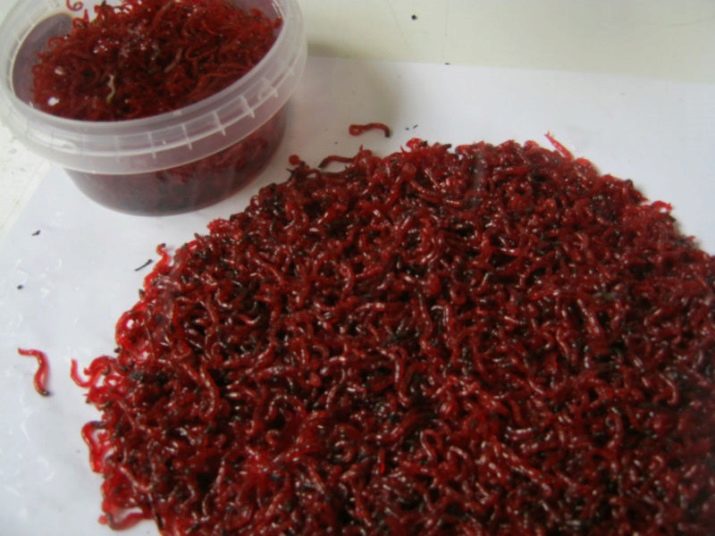
Reproduction
Breeding cichlaz is a complicated business. If several pairs live in one tank at once, then they will have to be placed in different containers - spawning grounds.
It is quite easy to distinguish a female from a male. - in males, the anal and caudal fins are slightly pointed and have a colored border, in females they are rather rounded. In addition, males are slightly larger than females, they have pronounced dark spots on their sides, and in females specks are located in the tail and near the gills.
For spawning, the bee chooses the most secluded place among the aquarium vegetation, after which it thoroughly cleans it. Usually, a large flat stone or an earthen pot lying on its side becomes a substrate for caviar. During spawning, eggs are spawned onto the substrate, which are incubated for a day and a half, and after another two to three days fry appear. Cichlids diligently look after young animals - in general, parental individuals show care for offspring within two months.
During the first days, the fry feed on secretions secreted by the skin glands of adults. Despite this, from the first days, fish should be fed - it is best to use crustacean nauplii and offer them about 5 times a day, gradually the diet is expanded, and the growing cichlids are fed with larger feeds.
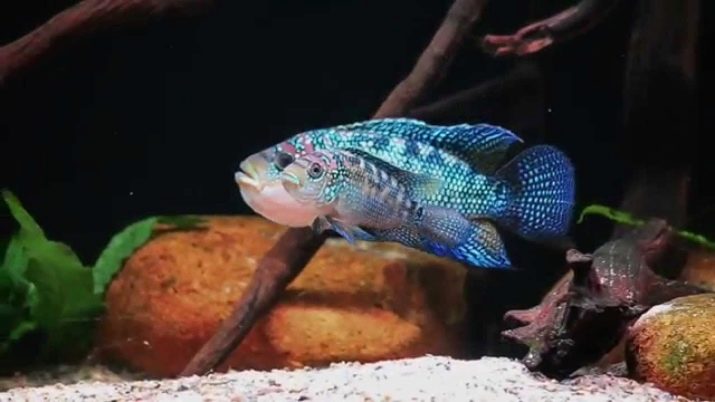
Diseases
In general, bees have a fairly strong immune system, so they are not susceptible to most diseases that often affect other aquarium inhabitants. However, if not properly cared for, they can develop some problems.
- Ichthyophthyroidism - appears at too low water temperatures. It manifests itself in the compressed fins, the appearance of a white rash and itching of the pet. For effective treatment, antibiotics are used, and, of course, the temperature of the water is raised.
- Oxygen starvation - occurs when there is insufficient aeration in the aquarium. At the same time, the fish becomes lethargic, constantly opens its mouth and swims to the surface of the water, trying to breathe air there. Usually, hydrogen peroxide or special oxygen tablets help in this case, but the effectiveness of the measures will be zero if you do not install a system for saturating the water with oxygen.
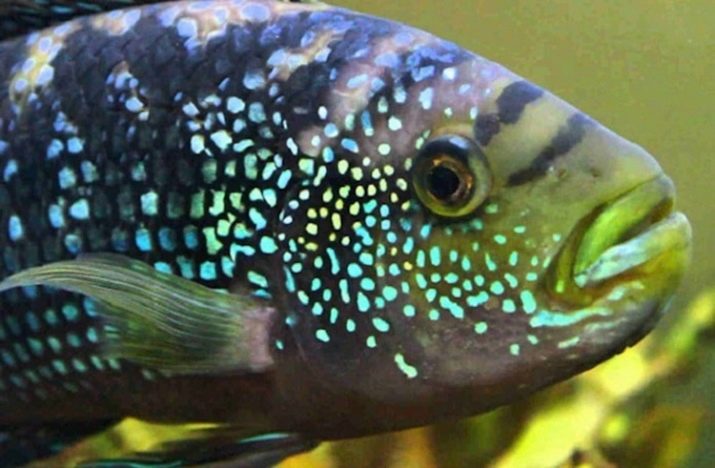
For more information on the features of these fish, see the next video.








